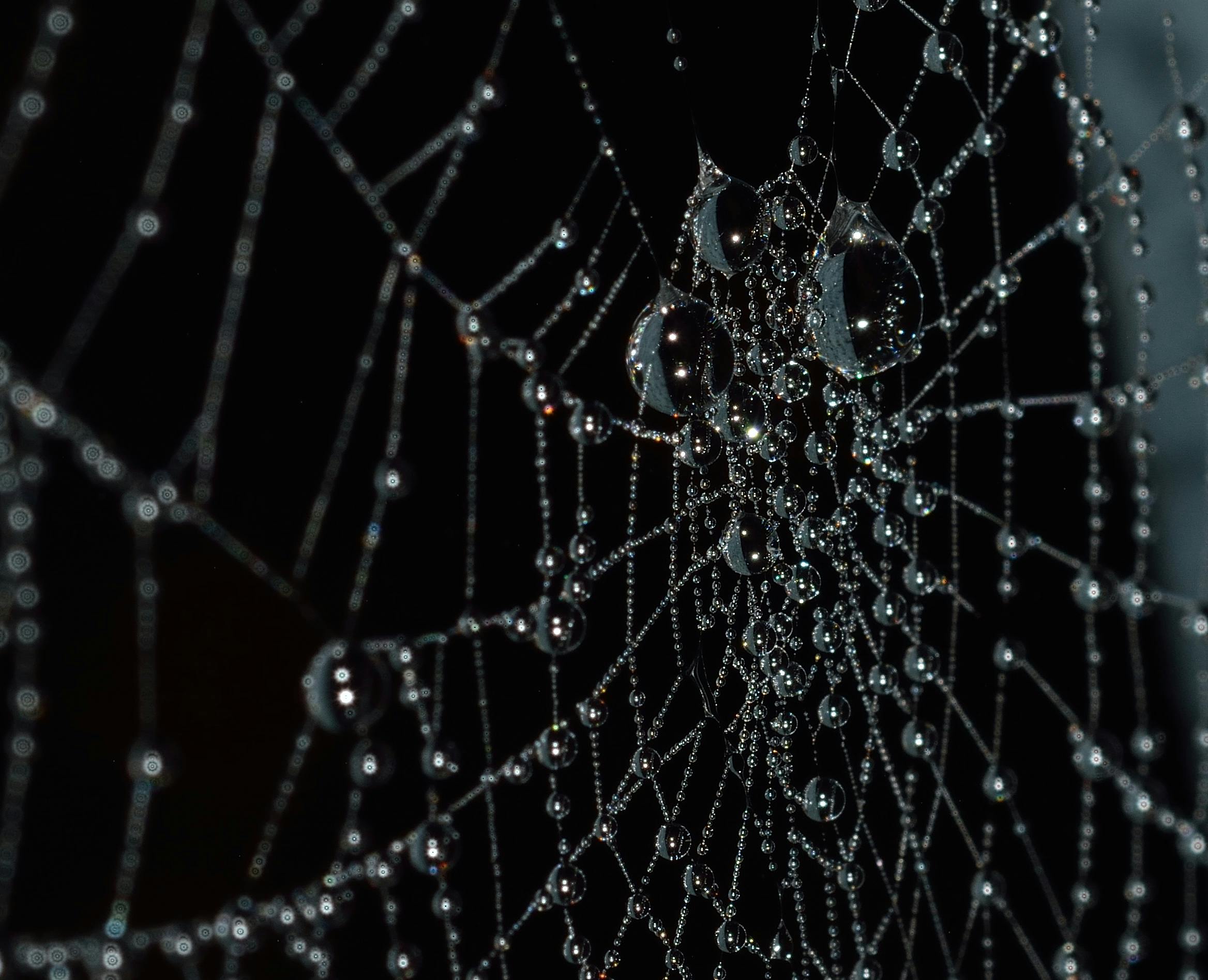

Bring a Piece of the Jungle into Your Spider’s World
So… your jumping spider has settled in. You’ve mastered the basics — feeding, misting, watching them stare at you like you’re the pet. And now you’re ready to go next-level: build them a home that feels like their world, not just a box on a shelf.
Enter the naturalistic vivarium — a beautiful, self-contained environment that mimics your spider’s natural habitat, filled with live plants, real textures, and little micro-jungle vibes.
It’s part art project, part science experiment — and your jumper will love it.
A naturalistic vivarium is an enclosure setup that uses:
It's not quite “bioactive” (which includes cleanup crews like springtails and isopods), but it’s a major upgrade from plastic leaves and paper towels.
For your Phidippus regius, think warm, slightly dry, semi-tropical scrub — not a humid rainforest.
Let’s break it down simply:
Stick with vertical enclosures — height is more important than floor space.
Ideal size:
Options:
This forms the “floor” of your vivarium.
Best picks:
Depth: 2–4 cm is plenty.
⚠️ Keep it dry. Jumpers don’t want a soggy jungle.
Create a layout that feels organic, but functional.
Use:
Anchor points: Jumping spiders build silk hammocks high up. Include:
💡 Keep decor secure — jumpers are strong for their size but accidents can happen if items fall.
Live plants not only look great — they help manage humidity and air quality too.
Easy, jumper-safe plants:
💧 Water plants sparingly to avoid mold. A light mist to the leaves 1–2× per week is fine.
With live plants and substrate, airflow becomes even more important.
Avoid humidity domes — Phidippus regius likes it dry and breezy.
Jumpers don’t drink from bowls. They get moisture from prey and water droplets.
Misting tips:
Use a fine mist spray bottle. Too much water = mold + mites.
You don’t need grow lights (unless you're going heavy on plants).
Best placement:
Optional: Add a small LED light strip on a timer for aesthetics and plant growth.
Naturalistic doesn’t mean neglected. Check weekly:
| Task | Frequency |
|---|---|
| Spot clean poop/webbing | Weekly |
| Remove dead bugs | After every feed |
| Light plant misting | 1–2× / week |
| Check for mold/mildew | Weekly |
| Substrate refresh | Every few months or as needed |
Want to go even further?
Add a cleanup crew:
Use a drainage layer under your substrate:
Only do this if you're confident in balancing moisture and airflow.
A naturalistic vivarium isn’t just for your spider — it’s for you, too.
It turns a simple spider box into a peaceful micro-jungle. A little corner of nature. A low-maintenance, high-reward setup that’s fun to build, fun to tweak, and endlessly satisfying to watch.
Whether you go minimalist or jungle-core, your Phidippus regius will thrive - and look amazing doing it.
Your spider just leveled up. 🕷️🌿